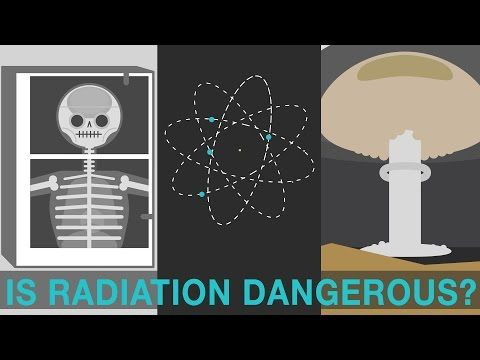The Effects Of Radiation: It’s Not All Mushroom Clouds And Sickness

The word radiation conjures up thoughts of an atomic bomb dropping or UV rays giving us cancer. We tend to forget that everyday household items, like microwaves, cellphones, and even radios, also emit radiation, albeit waves with lower frequencies and energy. We come into contact with small doses of radiation every day, but keeping low levels and avoiding the wrong kind is how we stay safe.
To understand how dangerous radiation is, we must first understand the difference between the two types of radiation. The spectrum of electromagnetic radiation includes harmless radio waves and visible light as well as dangerous, higher frequency X-rays and gamma rays (yes, the very same that turned Bruce Banner into The Incredible Hulk). Nuclear radiation refers to any form of radiation emitted by radioactive decay, which includes alpha, beta, and gamma rays. These three specific types of nuclear radiation, as well as X-rays and gamma rays from electromagnetic radiation, are all called ionizing radiation — enough of it compromises our body’s ability to repair cellular damage, which can result in cancer or even death.
We fear coming into contact with the radiation from X-ray machines and even airport body scanners, but a person would have to get over 1,200 dental X-rays to build up dangerous levels of ionizing radiation. A high dose of this ionizing radiation in a short amount of time, however, is bad news.
We all have the opportunity to control how much radiation we are exposed to, whether it’s putting on more sunscreen or having our home’s radon levels checked.
Published by Medicaldaily.com



























